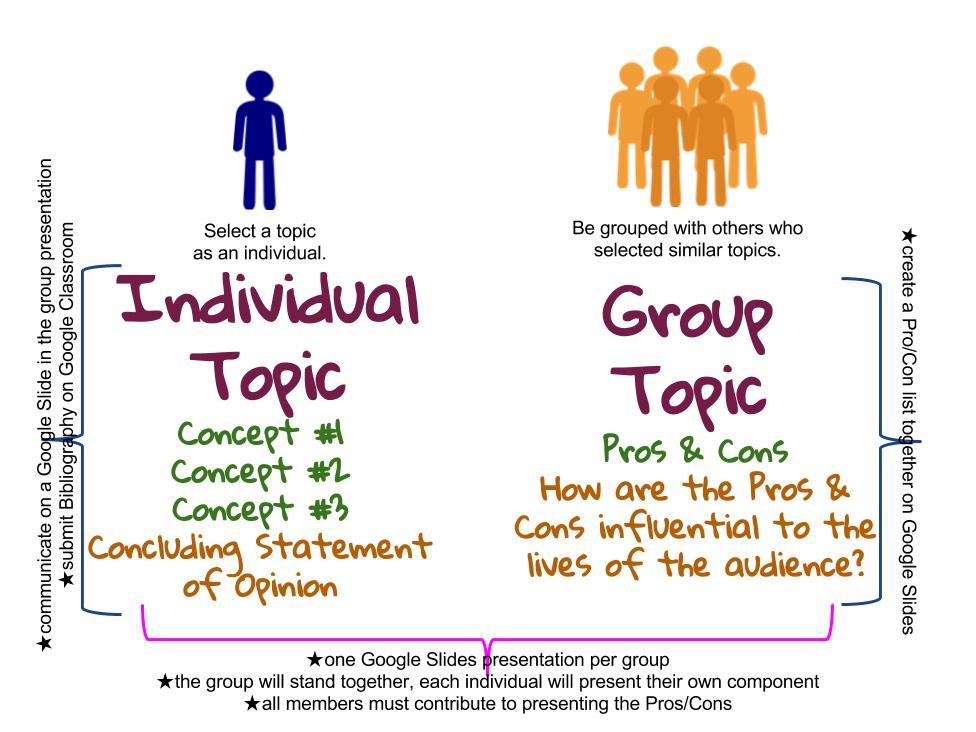Nuclear Chemistry Research Project

. Long before the Manhattan Project began, European scientists labored over the possibilities of a nuclear chain reaction.

Nuclear Chemistry Project. Search this site. Types of Radiation. Nuclear Fission. Nuclear Fusion. Historical Events. Nuclear Power Production.
Many think that Hitler sowed the seeds of Germany's defeat when he introduced the laws barring Jewish individuals from university teaching posts. Once the possibility of a nuclear chain reaction was verified, America took steps to gain knowledge about fission and its potential as a weapon of war. This was accomplished on a small scale prior to the U.S. Entry into World War II.
Prior to the United States Government becoming involved, early research on nuclear fission was conducted by various university laboratories as well as several well-known companies. DuPont, Kodak (Tennessee Eastman), General Electric, Westinghouse, Allis-Chalmers, ALCOA, Union Carbide, Stone & Webster and many others were directly involved in the construction and operation of many of the Manhattan Project's facilities. Once the power that was hidden in uranium became evident, the emphasis shifted to methods to separate the much more potent U-235 from its abundant relative, U-238. This question consumed thousands of hours and millions of dollars. Uranium isotope separation moved from the laboratory to the field with the construction of the giant Clinton Engineer Works (Oak Ridge). One of the largest construction projects in the world, even by today's standards, Oak Ridge eventually employed more than 45,000 workers and consumed fully 1/7 of the total electrical output of the United States. The Metallurgical Laboratory (Met Lab) at the University of Chicago conducted most of the early research on pile (reactor) design and contributed greatly to the science of isotope separation.
Fermi achieved the first sustained chain reaction here and Glenn Seaborg perfected the chemistry of plutonium. Laura Fermi, the wife of Enrico Fermi, once said that the only secret that she was ever able to pry out of her husband was that 'there were no metallurgists at the Metallurgical Laboratory.'
. Many of the unknowns Manhattan Project scientists were dealing with were dangerous. None more so than 'tickling the dragon's tail,' the criticality experiments that were conducted at Omega Site at Los Alamos.
In fact, two young scientists lost their lives in separate incidents while working on this experiment: Harry K. Daghlian, Jr. Slotin. A little known operation of the Manhattan Engineering District took place behind enemy lines in occupied Europe. Code-named the Alsos Missions, these intelligence-gathering operations moved with the advancing Allies to learn firsthand how close Germany was to developing its own atomic weapon.
These operation succeeded in capturing most of the key German scientists, stores of uranium ore and other nuclear raw materials, and thousands of research records. These operations took place under the command of Leslie Groves. In 1943, it became evident that drastic measures would need to be undertaken to secure enough technically-trained men to produce an atomic bomb in time to end the war. As a result, the Special Engineer Detachment was established. The SEDs were a little-known but critical part of the Manhattan Project's success. One of the most extraordinary stories of the Manhattan Project occurred on September 2, 1944, at the Naval Research Laboratory at the Philadelphia Navy Yard.
Two chemical engineers were working to unclog a tube carrying uranium hexafluoride when it exploded, bursting nearby steam pipes and bathing the engineers in a scalding mixture of radioactive hydrofluoric acid. Both men died. Due to the extreme secrecy surrounding the thermal diffusion project, however, no one was made aware that a large amount of radioactive material had been released in the incident. See:. In late March 1945, the USS Indianapolis (Heavy Cruiser) was damaged by a Kamikaze plane during the battle for Iwo Jima. In late July 1945, following repairs in California, she made a high-speed trip to Tinian Island to deliver atomic bomb components for 'Little Boy', the first bomb dropped on Hiroshima.
Thus completing that mission, she sailed for the Philippines. Shortly after midnight on July 30, 1945 she was torpedoed by a Japanese submarine and sank quickly. Nearly 800 of her 1,200 crew members lost their lives. One of the most enduring stories of World War II. Concerns of espionage (spying) by enemy governments were of supreme importance to many of those involved with the Manhattan Project. Though it was commonly thought that Nazi Germany would be the most heavily involved, it was actually our ally, the Soviet Union, that caused the most havoc among security personnel. It was not until the war was over that the clandestine activities of Klaus Fuchs, Julius and Ethel Rosenberg, David Greenglass, Harry Gold and others became known.
By that time the United States was firmly in the grip of such radical demagogues as J. Edgar Hoover and Joseph McCarthy. Trey anastasio arrested. This chapter of Manhattan Project history is particularly dramatic and essential to understanding the post-WWII period. The use of nuclear power and nuclear power today remains controversial.